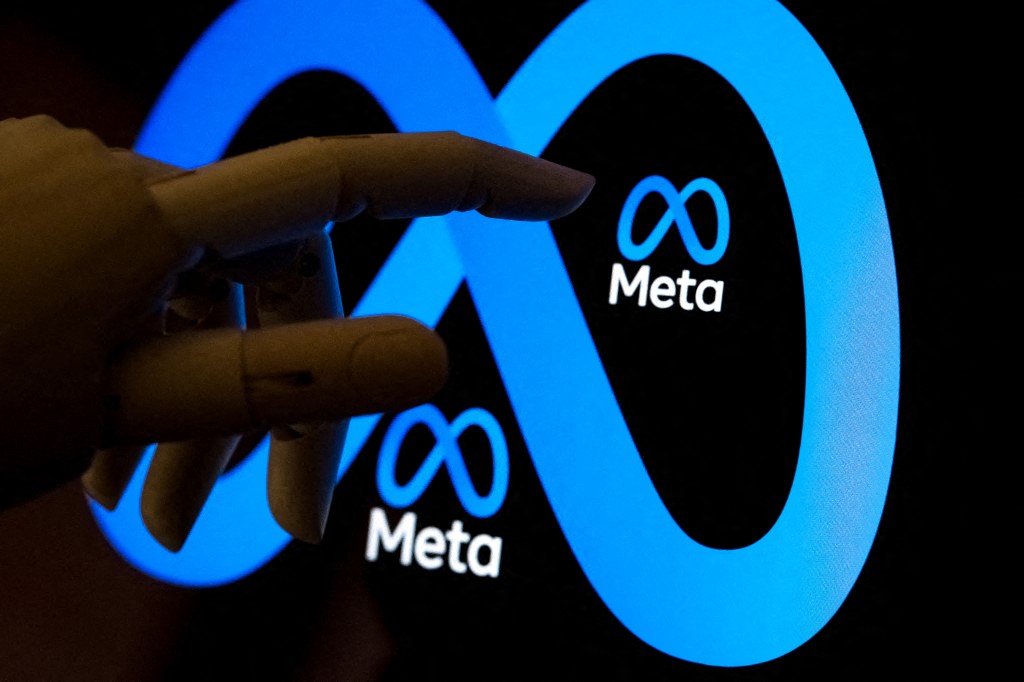
It has been two years since Apple released its App Tracking Transparency (ATT) framework and threw the privacy cat among the data-hungry pigeons. Marketers across the GCC had to come up with ingenious ways of delivering targeted advertising and learned many valuable lessons along the way. It is to these lessons we must now turn, as the privacy story throws up another twist.
This time, it is Google’s turn. The search giant’s Android-oriented Privacy Sandbox is slated for a 2024 rollout and is a replacement for third-party cookies, which Google will phase out on Chrome. Advertisers everywhere will lose control over the personal data they gather from users, having to rely instead on generic categorizations provided by the Privacy Sandbox. Of course, other browsers such as Firefox and Safari have already abandoned third-party cookies, but Chrome’s market share means that when Google does it, the banquet is over for cookie lovers.
The upside for marketers is they have time. But they must use it wisely. Perhaps the first lesson to learn from Apple’s ATT is the panic its enforcement caused even though advertisers had a year to prepare between announcement and launch. So much must change — not least, working habits — to cope with such upheaval. Metrics and mindsets around user-level data must contort to fit the privacy-shaped world. Here are the four lessons we took from iOS that Web and Android marketers should dust off and weaponize.
1. Dependencies and partnerships
Do not be caught flat-footed by unawareness. Make sure you know what each channel gives you in terms of user data and to what degree they will be impacted by the cookie drought. Get the mix right between affected channels and those that do not use cookies. The ATT rollout taught us to rethink the structure of our ad expenditure.
Look to any part of your ad infrastructure that does not rely on personalized data. Influencers or connected TV are just two examples. A multiple-channel approach will allow the marketing function to absorb the shock of the privacy-first ecosystem as it will have already learned how to be agile. While it may be necessary to bid farewell to partners associated with affected channels, marketing heads should be on the lookout for new industry players that may offer innovative ways to make the best of the privacy blockade.
2. Metrics and tech
When ATT came to town, marketing teams had to change how they measured success, taking what data they had for each channel and devising metric techniques for each. Click-through-rates (CTR) and installs per 1,000 impressions (IPM) are rapidly giving way to other top-of-the-funnel metrics like hook and hold rates. This shift can be seen in TikTok’s offering of Instant Pages, which covers a range of insights that may prove invaluable to marketers.
Indeed, advertisers should use every tool at their disposal. AppStoreConnect, for example, may never have been the most reliable option on iOS, but it could prove a welcome fallback when one weighs it against being blind to users’ behaviors. The same could be said of Android, so marketers should take the time to familiarize themselves with how Google reports results in the Play Console. Specialist partners may be the best way to acquire this knowledge, but organizations may also try building custom tools. Media Mix Modelling — the art of joining the dots from campaign to revenue spike (or the lack of one) — is a tricky proposition that takes time to perfect. So, get to work auditing the existing tool stack. You may already have the answers in place in the shape of unused features. Failing that, look to the emerging post-cookie industry for a partner with a fresh idea.
3. Mindsets and habits
The playing field is undulating, and the players are baffled. Rethinking strategy under pressure when revenues are at stake is not a welcome state of affairs, but we are here now. Spare a thought for the marketing function that has access to a single channel with a single metric. But whatever your in-house reality, the world outside carries on regardless. It must be faced with a strategy that is multi-faceted and is prepared to try and test anything for the sake of agility. If cross-team collaboration is not yet a fixture in your organization, there has never been a better time to introduce it.
Android and web campaigns must change, but to do that, marketing teams’ dynamics will have to change first, just like they changed in the wake of ATT. How data is handled, how tools are used, how metrics are calculated — fundamental business processes may be upended. And sales, finance, marketing, IT, and others should be aware of what their role is in the new knowledge-sharing culture.
4. First-party data
The explicit consent principle introduced by ATT and reinforced by the end of third-party cookies, begs the question: “What about first-party data?” This data, given freely by customers directly to the enterprise, can be used by developers and publishers to great effect. When ATT reduced the total reach of remarketing on iOS, marketers pivoted to in-app messages, push notifications, and email. “How did you hear about us?” questions are another way of gathering data on a consent basis. Analyzing such data is a lengthy process, but teams that use their time wisely between now and the Great Cookie Phase-Out will be able to implement their response in a more informed manner.
Weather the change
ATT was an opportunity to learn. If you are not proactive, you will be on the back foot when you lose access to user-level data. Privacy is not a passing fad. The fact that so many governments, including the UAE, are passing laws to protect it means it is seen increasingly as a consumer right. A holistic approach to campaigns is the only way to weather the change.






